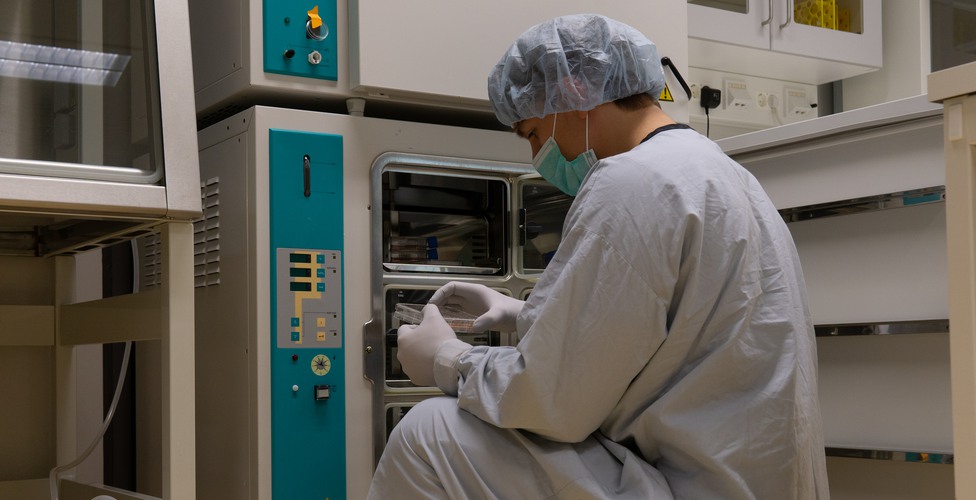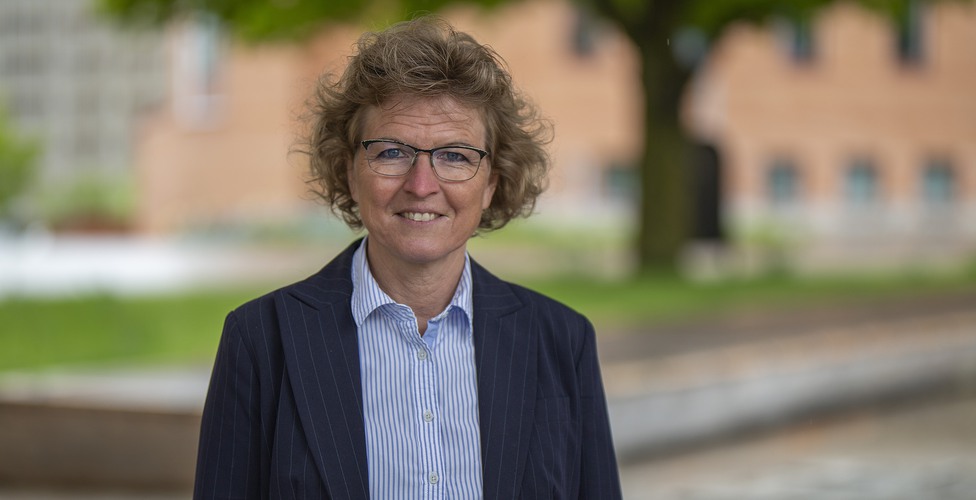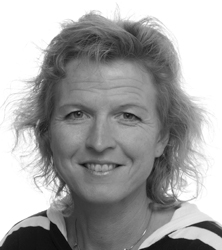Cheaper and more effective methods to improve the treatment of several diseases, including cancer, diabetes, and Parkinson’s disease, are the goal of researchers at the University of Skövde, in collaboration with their partners in the StartCell project. This initiative aims to develop new methods for the production and quality assurance of stem cells for medical treatments.

The project will develop new methods for the production and quality assurance of stem cells for medical treatment.
Advanced therapy medicinal products (ATMPs) are biological medicines that use living cells, tissues, or genes to treat or cure diseases. They work by replacing, repairing, or regenerating damaged cells and tissues in the body. These drugs are often considered next-generation treatments with the potential to cure diseases that we can only currently manage symptomatically.
Will use AI to ensure the quality of new stem cells
The development of ATMPs is complex and demands high safety and efficacy standards. Producing cells approved for patient treatments is therefore very costly. With the help of AI, researchers hope to accelerate the process.
"Currently, cells are tested in the end of the process after substantial investment in development. If the cell line isn’t approved, significant resources are wasted. If we can find a method to assess cell quality early in the process, we can halt the work if the cell line is not suitable," says Jane Synnergren, professor of bioinformatics and lead researcher at the University of Skövde.

Jane Synnergren, Professor of Bioinformatics, is leading the University's work.
What exactly are the cells researchers are talking about?
The stem cells being developed and quality-assured are known as pluripotent stem cells. Pluripotent stem cells are a type of cell that has not yet taken on a specific function in the body. They are like precursor cells that can develop into any type of functional cell, such as heart cells, brain cells, or liver cells.
These cells are highly flexible and, during the embryo's development in the womb, begin to specialise in various types of cells needed in the body, like heart muscle cells or nerve cells.
"This makes them extremely valuable in medical research and therapies, as they can be used to create new cells for replacement of damaged or diseased cells in the body," explains Jane Synnergren.
The University of Skövde leads quality control efforts
The University of Skövde is leading the work that focuses on quality control. Researchers will use advanced AI to analyse gene expression data from single cells. This involves examining gene activity in individual cells, akin to reading which genes are "on" or "off" in a single cell, providing a detailed picture of the type of cell we have and what makes it unique.
This is crucial for understanding cell behaviour and changes, such as during diseases or different treatments.
"We will produce gene expression data from hundreds of thousands of cells and train AI to automatically recognise and classify cells. Simply put, this is about determining if the stem cells produced are of sufficient quality for use in therapies. We will also identify new biomarkers for quality testing," says Jane Synnergren.
More about the project
The project is funded by Vinnova, which is investing a total of SEK 95 million in six new innovation environments aimed at developing groundbreaking solutions and strengthening Sweden’s position in the field of precision medicine. StartCell is one of these innovation environments, with the University of Skövde being one of eleven partners. The University of Skövde’s contribution to the project is funded with SEK 2.7 million.
What are ATMPs?
Advanced therapy medicinal products
ATMPs are a new type of biological medicine that uses living cells, tissues, or genes to treat or cure diseases. They are unique because they utilise living material – such as cells and genes – to help the body heal itself or improve its function. This sets them apart from traditional medicines, which are typically composed of chemical substances.
Here’s a simple explanation of how they work:
- Cell Therapy: Some ATMPs use living cells to replace or repair damaged cells in the body. For instance, stem cells might be used to repair damaged heart cells after a heart attack or replace diseased cells in the bone marrow for the treatment of blood disorders.
- Gene Therapy: Other ATMPs use gene therapy, where new or modified genes are introduced into cells to correct genetic defects or provide new functions. For example, cells might be modified to better combat cancer or other diseases.
- Tissue Engineering: This type of ATMP uses cultured tissues or cells to repair or replace damaged body parts, such as skin grafts for burns or new cartilage cells to repair damaged joints.

